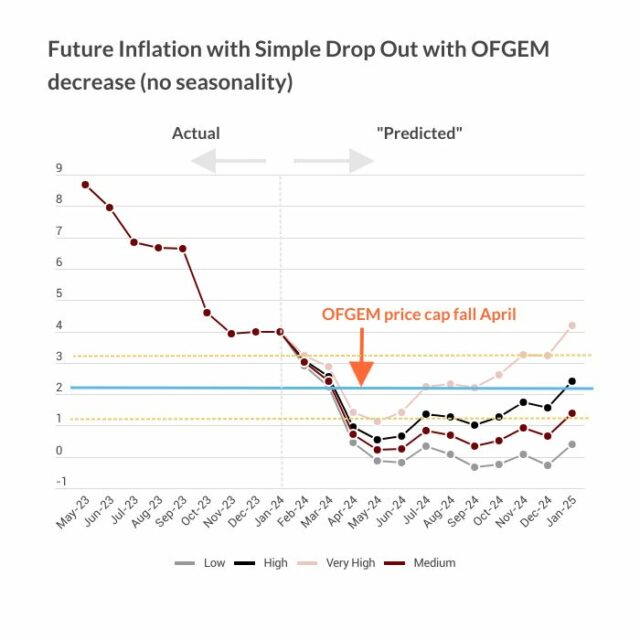Key points
- Our Summer global economic outlook projects slightly stronger short-term global economic growth prospects than three months ago. We have raised our forecast for global GDP growth this year from 5½ per cent to almost 6 per cent, with GDP growth of 4½ per cent (up from 4¼ per cent) for 2022. The upgrade for this year reflects robust performance in the first half of this year despite the Covid-19 delta variant affecting many countries.
- The pace of economic recovery differs across economies. China’s GDP in the first quarter was already 8 per cent above its end-2019 level. GDP in the US has exceeded its pre-pandemic level in the second quarter of 2021, but GDP in the Euro Area is forecast to remain below its pre-pandemic level until mid-2022.
- Over the past three months, annual inflation has surprised on the upside, especially in the US, with the economic boost from the American Rescue Plan, combined with other factors such as rising commodity prices and supply chain disruptions, contributing to this revision. CPI inflation at 5.3 per cent in June was the highest since July 2008. We continue to expect that this increase in inflation will be largely temporary. While there is now a risk of overshooting the previous 2 per cent target for some time, this comes after a period of a prolonged under-shoot and we project US inflation returning to close to 2 per cent in the medium-term. Stronger US demand has pushed up US merchandise imports, helping overseas manufacturing exporters and boosting world trade.
- With over 4 million deaths recorded globally and new Covid-19 cases running at around 3 million a week in the first half of July, the threat to health and economic activity is far from over. However, the programme of vaccinations expanded rapidly in the second quarter, offering the prospect of reduced hospitalizations and deaths and the lifting of restrictions. The pace of vaccination has been uneven across countries, with emerging economies running well behind advanced economies. There is an imperative for an international effort to ensure that vaccinations are widespread to gain maximum benefits. The vaccine donations agreed at the G7 meeting will help towards that.
- The continued spread of the virus means that the economic outlook remains subject to considerable uncertainty. We estimate that the pandemic will result in global GDP being around $4 trillion (about 2½ per cent) lower in 2025 than our pre-pandemic expectation. The likelihood of slower human capital growth, because of educational disruption, reduced on-the-job training and the increase in unemployment, result in longer-term economic scarring.
- Government support for economies and the pandemic-induced drop in tax revenues has led to government debt to GDP ratios in advanced economies rising by around 15 – 20 percentage points, equivalent to around $7 trillion. Low government bond yields mean that the increased debt appears not to be a major immediate policy concern, but the fiscal position remains vulnerable to further adverse economic shocks. The combination of historically high debt-to-income ratios and very low interest rates means that both the private sector and governments face significant interest rate risk, whether from bond market developments or monetary policy tightening, as exceptionally low interest rates, long as well as short, are keeping debt-service ratios down.























